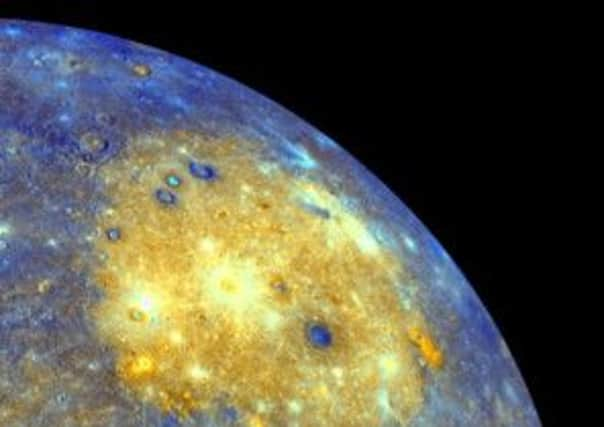Rare chance to see planet Mercury above East Lancs
This article contains affiliate links. We may earn a small commission on items purchased through this article, but that does not affect our editorial judgement.


Mercury revolves around the Sun in an elliptical orbit with a period of just 88 days and at an average distance from the Sun of approximately 58 million kilometres. Because this is much less than the average distance of Earth from the Sun, Mercury never strays far from the Sun in the sky.
It is always difficult to find in the morning or evening twilight, even when at its greatest angular distance from the Sun.
Advertisement
Hide AdAdvertisement
Hide AdThis year, however, Mercury occupies the same patch of sky, in nearly exactly the same direction, as its much brighter neighbour Venus. The brighter planet, which is easily visible to the unaided eye given clear skies, is a celestial signpost to help find the elusive and much fainter Mercury. Such close alignments of these two inner planets on the sky are quite rare, occurring on average just once every five years or so.
With good weather, that is, a clear, cloudless view of the horizon towards the southwest after sunset, then the two planets can be seen together in the evening twilight between approximately 4.30pm and 5pm.
In order to find Mercury, first identify the bright evening star Venus. Then, preferably using a pair of binoculars, look at Venus. Mercury should be visible in the same field of view, within a degree or so of Venus.
• Send us your videos and photos using the easy-to-use tool on this page and we will use them online and in the newspaper.
Or share via email [email protected] or on social media to @burnleyexpress on Twitter or Burnley Express on Facebook